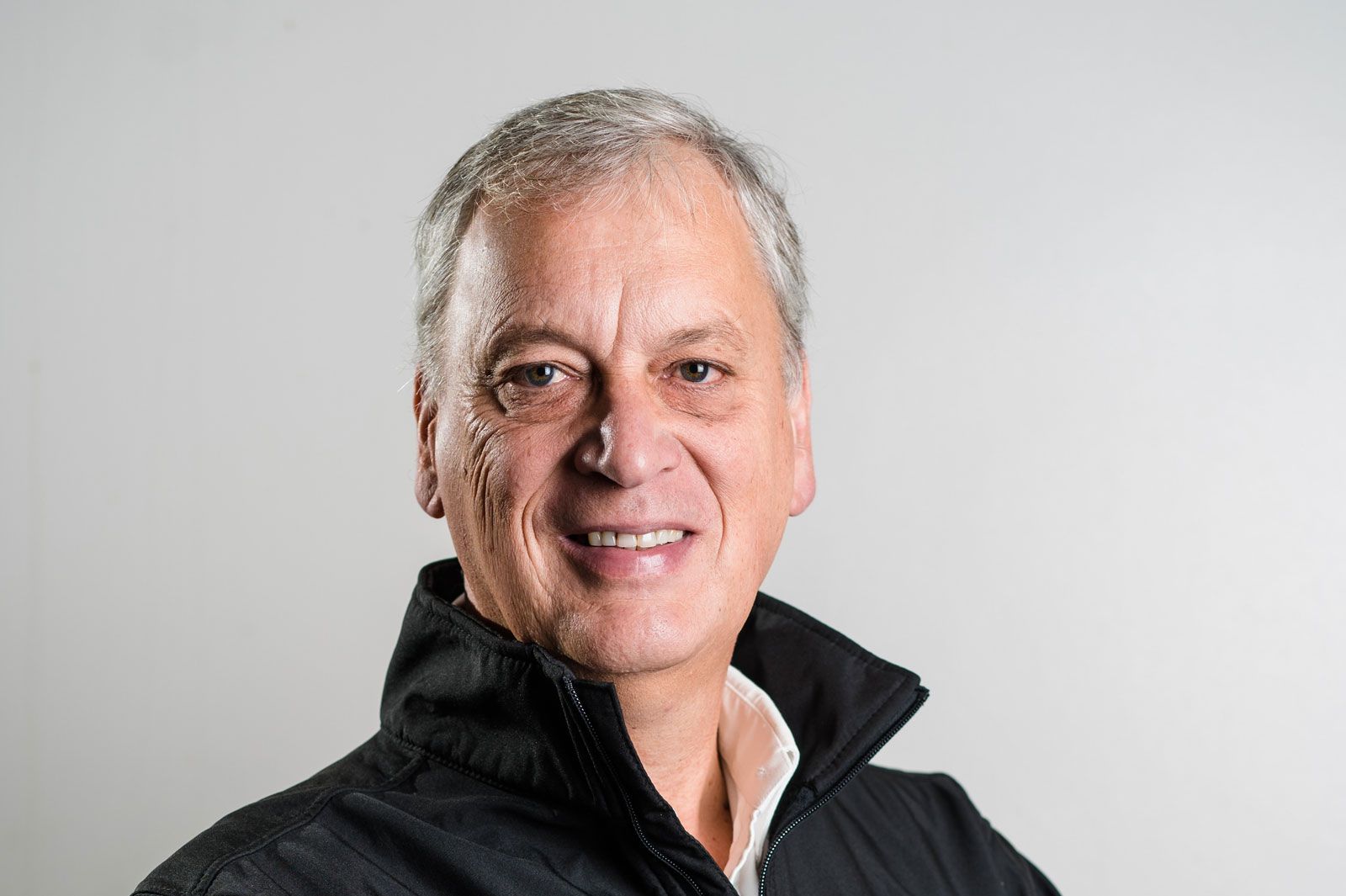Building on 200 years of innovation

This year marks the 200th anniversary of seed specialists, Germinal. It is an impressive feat. “This year we're celebrating this anniversary, with the same family, now the sixth generation, in ownership over all those years,” said Paul. “That puts me in mind of farmers who manage inter-generational businesses. They look after the farm for the next generation and that's what's happened within Germinal.” And with that milestone has come a number of initiatives, he said: “We have used the landmark anniversary to launch some major initiatives around our grass and clover products. To bring a new trait or a new variety into the marketplace can take 15 to 20 years. It's not for the faint hearted. Being a business of such longstanding gives us an edge in that we know what we're doing.”

Paul Billings, Germinal MD.
Germinal has been investing ‘for a long time’ in its range of Climate Smart products, said Paul. He added: “Sometimes it's difficult to know what the market wants in 20 years but if you're doing research, you start it today for 2055. We must predict the future and that involves a changing climate and managing that changing climate for the benefit of farmers. A lot of people think that being climate smart is all about reducing emissions. That’s only part of it. Farmers face big challenges. One of them is producing enough food for the world's population. The UN is predicting that we must produce as much food in the next 40 years as we've produced in the last 1,000 years. That's a huge pressure on farming. At the same time as facing that challenge, farmers must reduce emissions.
“Alongside reducing emissions and producing food, our climate is already changing, and not for the better. We're seeing colder, wetter springs. Unusual weather patterns are becoming normal. Managing through all that is what being climate smart is. Farmers are generational businesses. They look to the long term. Reducing emissions today will help farms for the future.”
Farmer benefits
Germinal’s overarching ambition is not to put any penalty on production. Paul explained the elements of this: “That is fundamental to what we're doing. Production should improve by using our Climate Smart products. There's no penalty. The second thing is we can reduce emissions, protecting our land into the future. Thirdly, on a farm level, it comes down to resilience. A lot of farms have suffered from lack of forage in recent summers due to drought. They've suffered from problems of reseeding in the spring and autumn for the last few years because of a changing climate. If we can prevent or alleviate those problems, that makes a big difference to farmers. You can still get the production. You can still produce the food. You can still maintain your income. That's the advantage of climate smart farming.”
"We believe we can get them to fix twice as much, up to 300kg of nitrogen per hectare"
The clover field
A number of developments are happening in the field of clover, Paul explained: “A few things are happening, which are quite exciting. Let’s take resilience first. We have a white clover that is crossed by natural breeding. There's no genetic modification or gene editing. This is natural breeding. We crossed it with another trifolium, a leguminous clover species, that has rhizomes. These are overground rooting stems. If you can get one species with both stolons and rhizomes, it makes your species more resilient to drought, to cold, to heat. So, we developed a white clover called Double Root that has stolons and rhizomes, for increased resilience.
Germinal is also exploring how white clover fixes nitrogen from the atmosphere and the soil. Paul explained: “It does that by associating with rhizobia in the soil. Those two combined will fix anywhere between 100kg to 150kg of nitrogen from the atmosphere, free of charge, every year. What we're looking at is that association between the white clover and the rhizobia. Can we improve it? Can we make them work better together and fix even more nitrogen? We believe we can get them to fix twice as much, up to 300kg of nitrogen per hectare from the rhizobia and white clover by getting the right associations and that could be quite significant in terms of financial saving and in terms of climate saving.”
And the third element that Germinal is looking at developing, Paul outlined, is red clover. "We just started our seed production, so it's a few years off market. Most farmers know the benefits of red clover. It's a very good protein source. The protein is easily digested by ruminant animals, so you get a better return when you graze your animals on it. The problem with grazing your animals on a red clover is that it only lasts one or two years and it then disappears. We've developed a red clover that grows like a white clover. It has the stolons that white clover has, and it is as persistent as white clover.
“It fixes as much nitrogen as white clover, but it has this protective protein in it. You get significantly more production from this red clover than you do from the traditional one. It's called Redrunner and has runners that run through the surface of the soil, like stolons. The plant is three, maybe four years away from the commercial market. It's a game changer. I've been in this industry all my life. I'm just getting into my 60s now, so that's about 40 years. I've never seen anything with as much potential as Redrunner.”
Nitrogen piggy-backing
Paul spoke about the complementary roles of clover and grass in swards: “The nitrogen that clover will fix is around 100kg. It will use about half of that to grow itself. A proportion of the rest is left for the grass to use. The problem you have with white clover and fixing nitrogen is if you apply synthetic nitrogen to a grass-clover sward, the clover just stops fixing nitrogen. It becomes lazy if you like. If you put 200kg of nitrogen on your grass-clover sward, the clover will still be there and you get the nutritional value but you don't get all the nitrogen fixation benefits. It will reduce the amount of nitrogen it fixes.
“Our new products provide solutions across the farm sectors. We have a complete range for dairy, for beef, for sheep, for upland or lowland farms, for organic farms, for conventional farms, for high and low input, for intensive or extensive grazing systems.”
The perfect time to reseed
Paul pointed to the perfect time to reseed: “Around May, when you can guarantee it's been dry for two weeks and you have perfect soil preparation. After planting it rains that night. But actually, finding that time is the difficult thing. It isn't easy and if clover is really important and becoming more important as we go forward, I'd say up to the middle of August. Clover needs to go in in warmer conditions than grass. Grass is more flexible on establishment than clover.”





